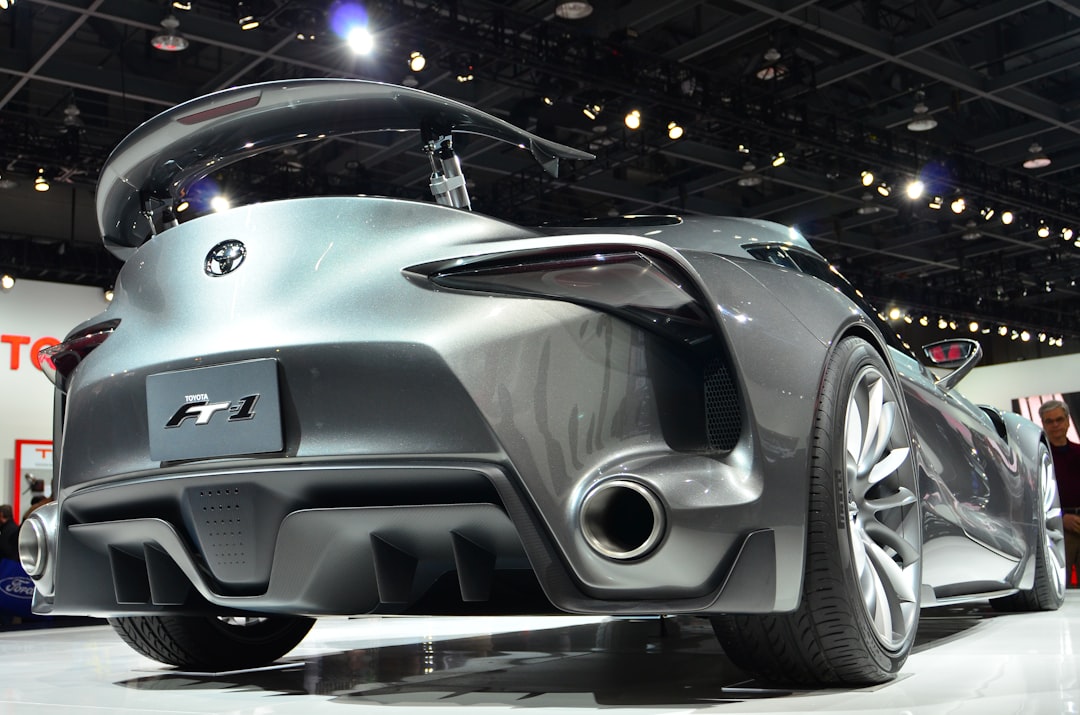Flying cars have long been a staple of science fiction, showing up in movies, books, and even cartoons. The idea of cars that can take to the skies and whisk us to our destinations in a fraction of the time it takes to navigate congested highways is an appealing one, promising greater speed, freedom, and convenience in our travels. As technology advances rapidly in all areas, the concept of flying cars is becoming more and more of a reality. The question now is not if flying cars will become a part of our future, but when and how.
Several companies are currently working on developing the technology necessary to make flying cars a reality. One such company is Uber, which has been working on its UberAir concept for several years. UberAir envisions a network of electric flying taxis that will transport passengers between rooftops in urban areas. The company has partnered with several aircraft manufacturers to develop the necessary vehicles, with plans to begin test flights in 2021 and launch commercial service in 2023.
Another company making strides in the flying car space is PAL-V, a Dutch company that has been developing the PAL-V Liberty, a flying car that can transition between driving and flying modes in just a few minutes. The PAL-V Liberty has already completed successful test flights and is expected to be available for purchase in the near future.
These are just two examples of the many companies working on flying car technology. With so much progress being made, it seems likely that flying cars will be a part of our future sooner rather than later. But what will this future look like, and what impact will flying cars have on our lives and our cities?
One of the biggest concerns surrounding flying cars is safety. Flying cars will be operating in three-dimensional space, sharing the skies with traditional aircraft, drones, and other flying vehicles. This increased complexity will require advanced air traffic management systems to ensure that flying cars can navigate safely and efficiently. Companies like AirMap and Kitty Hawk are already working on developing these systems, which will be crucial for the successful integration of flying cars into our transportation networks.
Another concern is noise pollution. Flying cars have the potential to be much noisier than traditional cars, especially in urban areas where noise levels are already high. Companies like Joby Aviation are working on developing electric flying vehicles that will be quieter and more environmentally friendly than traditional aircraft. These advancements will be key to ensuring that flying cars are accepted by the public and regulators.
One of the most exciting aspects of flying cars is the potential to revolutionize transportation in urban areas. With the ability to bypass congested roads and travel in a straight line from point A to point B, flying cars have the potential to significantly reduce commute times and alleviate traffic congestion. This could have a major impact on our quality of life, offering us more time to spend with our families, pursue our passions, or simply relax.
Flying cars also have the potential to open up new opportunities for urban planning and development. With the ability to travel more quickly and efficiently, we may see a shift in where people choose to live and work. Suburbs and rural areas may become more attractive as people can easily commute to urban centers without having to deal with traffic congestion. This could lead to a more distributed and sustainable urban environment, with less pressure on city infrastructure and resources.
The future of flying cars is not without its challenges. Regulatory hurdles, safety concerns, and public acceptance will need to be overcome for flying cars to become a reality. But with so many companies working on developing the technology and infrastructure necessary for flying cars, it seems inevitable that they will become a part of our future.
In conclusion, the future of flying cars is an exciting one. With so much progress being made in the development of flying car technology, it seems likely that flying cars will become a part of our transportation network in the near future. While there are still challenges to be overcome, the benefits of flying cars – increased speed, convenience, and freedom – make them a promising mode of transportation for the 21st century. As we look ahead to a future where flying cars are a reality, it is important that we work together to ensure that flying cars are safe, efficient, and accessible to all. Flying cars may be a novelty today, but tomorrow they could be a vital part of our transportation network, helping us to travel faster, farther, and more sustainably than ever before.

